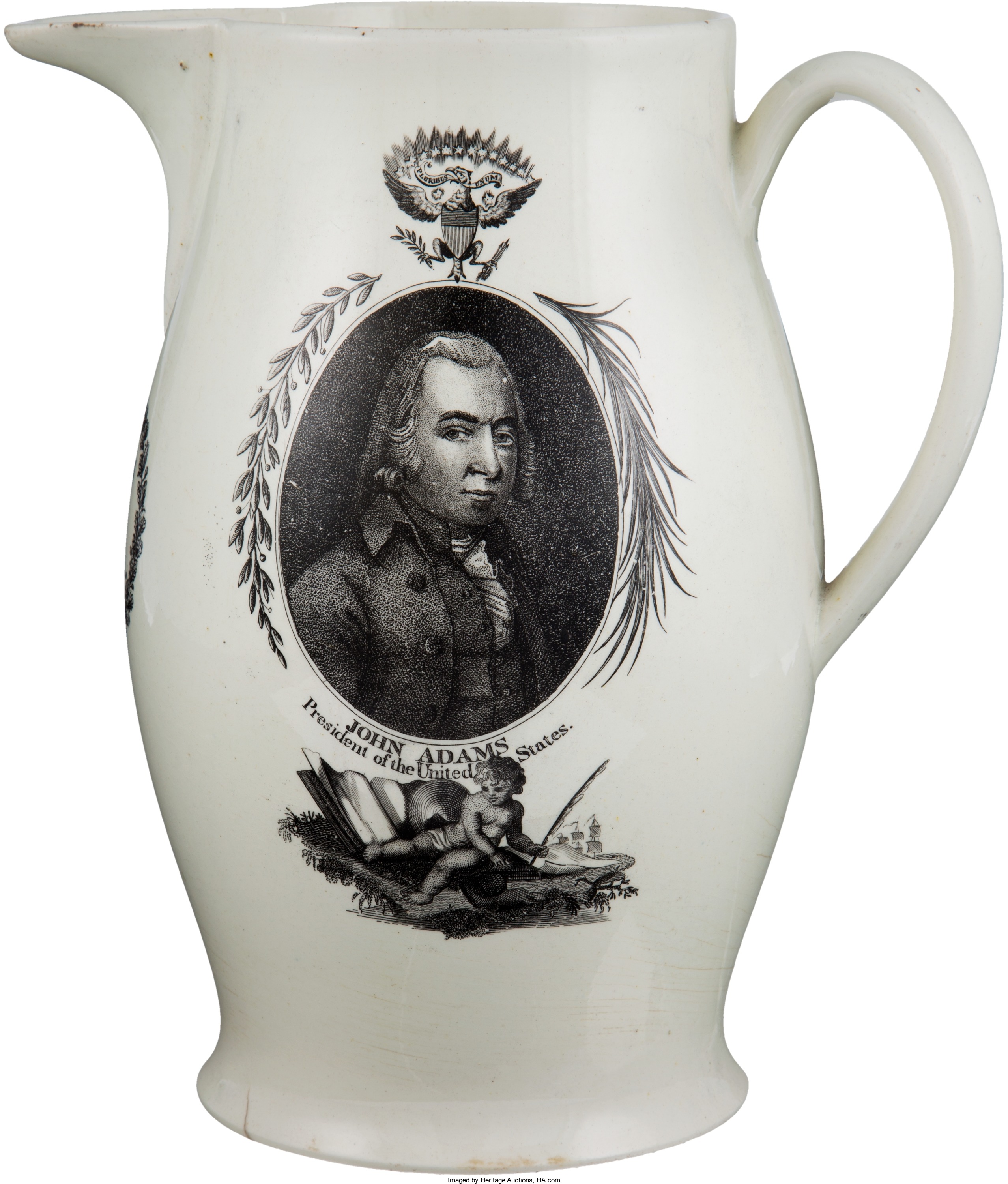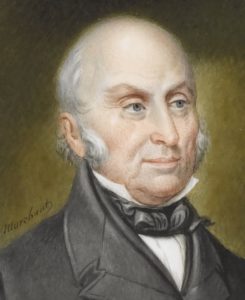
By Jim O’Neal
Abigail “Nabby” Adams (1765-1813) was the first presidential child in American history.
Nabby had a difficult personal life, despite having both a father and brother become president of the United States. Her marriage to William Stephens Smith was rocky, not made any better by Smith’s financial difficulties due to poor investments and business ventures.
In 1810, she was diagnosed with breast cancer, tantamount to a death sentence in those primitive medical times. Her treatment started with a mastectomy (without anesthesia) with typical 19th-century surgical tools: a large fork, a pair of six-inch prongs, a wood-handled razor, and a thick iron spatula heated in a small oven.
Within 2½ years, she was dead as the malignant cells left behind spread throughout her body, rendering her inoperable.
She had three younger brothers. John Quincy Adams is arguably the greatest of all presidential children. Charles Adams was a bright, engaging lawyer who died an alcoholic at age 30. Thomas Adams – also a lawyer – drank excessively and died in debt.
John Quincy Adams’ story is legendary. He would become the sixth president of the United States and, until George W. Bush, the only president’s son to become president himself.
His 1778 voyage to France with his father proved to be a defining event in both their lives. An important bond filled the emotional needs of an adolescent boy, and he became indispensable to his famous father. Fellow commissioner to France Benjamin Franklin was fluent in French, but often too busy to offer help. In a foreign country and ignorant of the native tongue, the future president had only his son to alleviate the striking boredom.
It developed into a strong intellectual, emotional and spiritual relationship, clearly evident in their correspondence for the remainder of their lives. Writing to wife Abigail, John Adams declared their son “is respected wherever he goes, for his vigor and vitality, both of mind and body. His rapid progress in French and general knowledge is highly unusual for a boy of his age.”

When their work in France was done, father and son returned to America. But Congress dispatched Adams back to France, and then to the Netherlands with JQA in tow. Then fate struck again. When he was 14 years old, John Quincy Adams was asked to join a diplomatic mission in Russia to obtain recognition for the new United States.
In 1794, JQA was appointed by President Washington as Minister to the Netherlands, an assignment that would take him all the way to the White House. At various times, he also served as ambassador to Prussia, England and Russia. He would help negotiate the end of the War of 1812 and find time to squeeze in service as a U.S. Senator from Massachusetts. Like father, like (some) sons.
In 1789, John Adams learned that son Charles was bankrupt, an alcoholic and faithless. The Founding Father, a signer of the Declaration of Independence and second president of the United States, renounced him. He died a hopeless alcoholic, just days before John Adams learned he had lost the 1800 presidential election.
Fate can be a cruel master and Lady Luck a fickle companion.
 Intelligent Collector blogger JIM O’NEAL is an avid collector and history buff. He is president and CEO of Frito-Lay International [retired] and earlier served as chairman and CEO of PepsiCo Restaurants International [KFC Pizza Hut and Taco Bell].
Intelligent Collector blogger JIM O’NEAL is an avid collector and history buff. He is president and CEO of Frito-Lay International [retired] and earlier served as chairman and CEO of PepsiCo Restaurants International [KFC Pizza Hut and Taco Bell].
